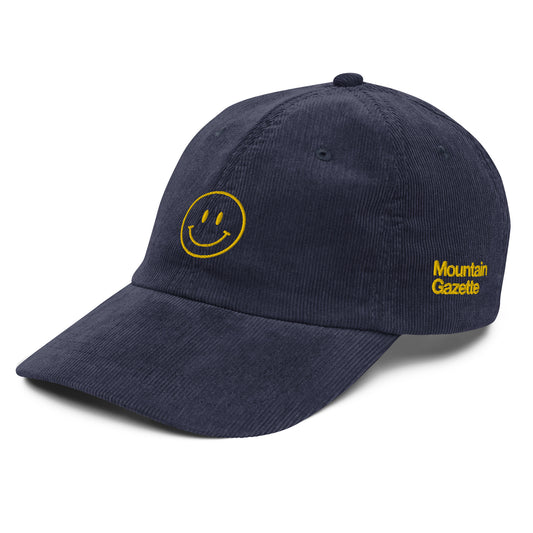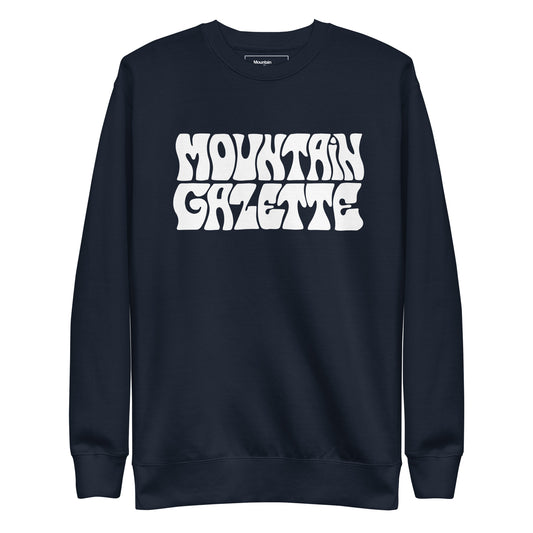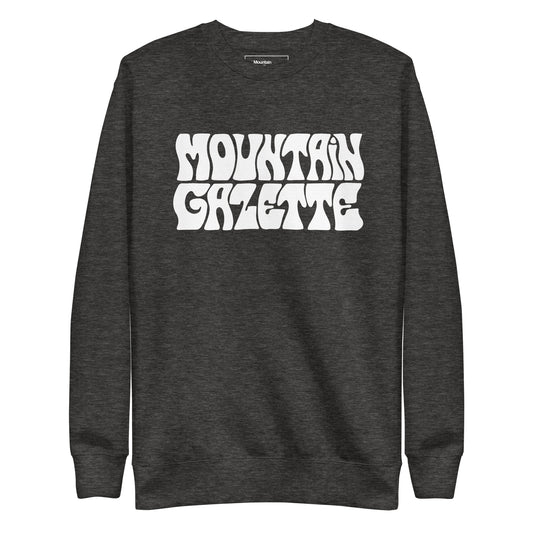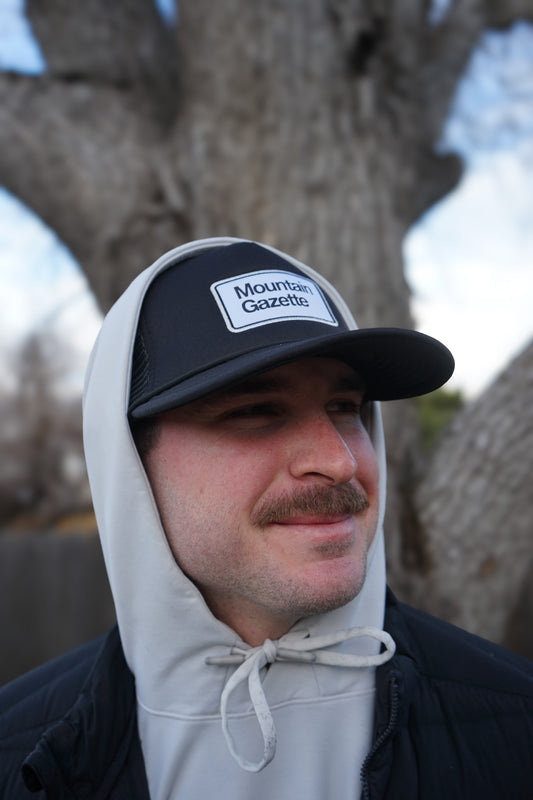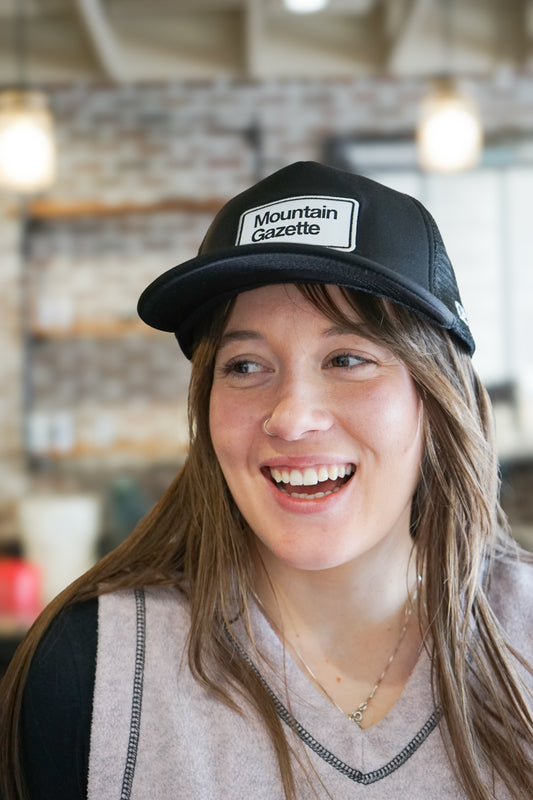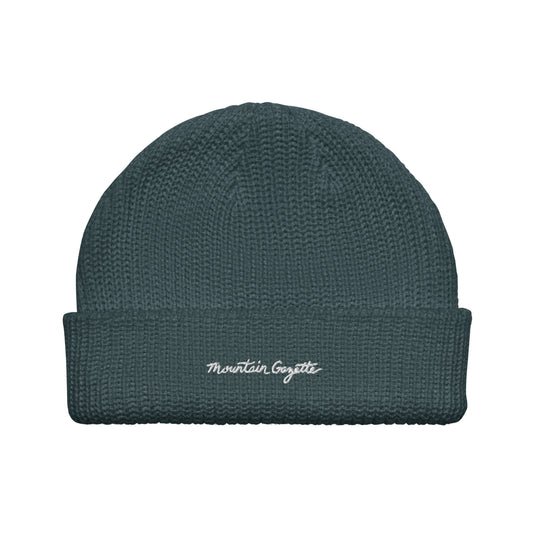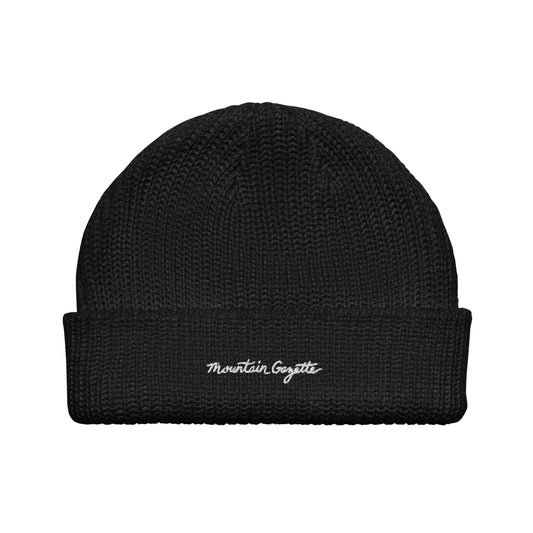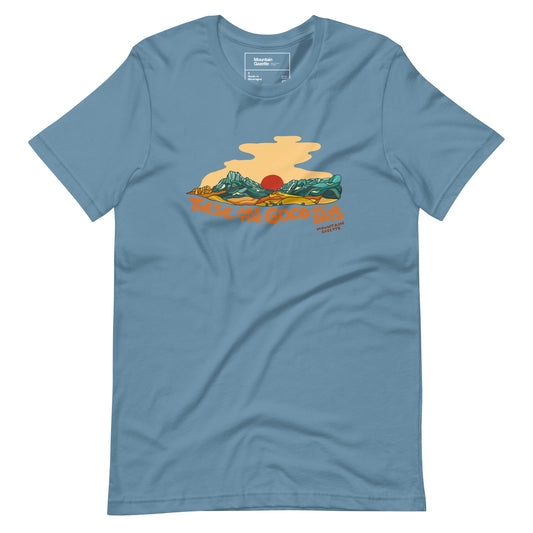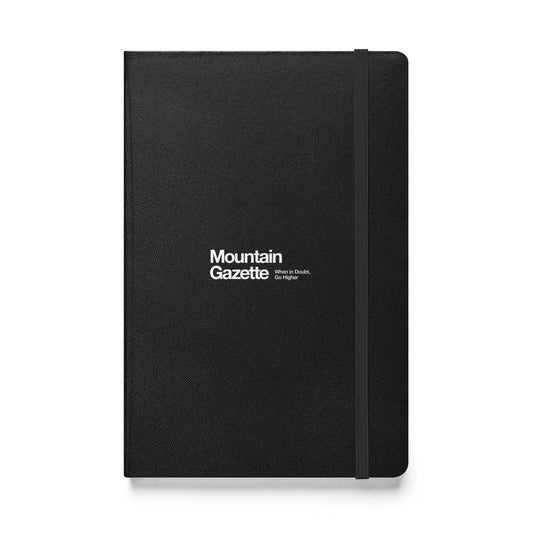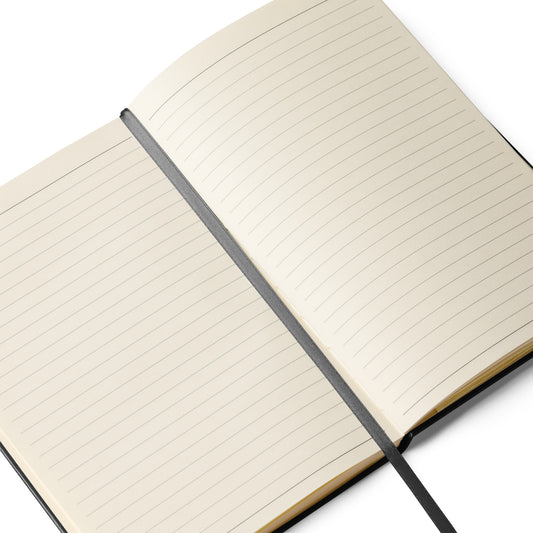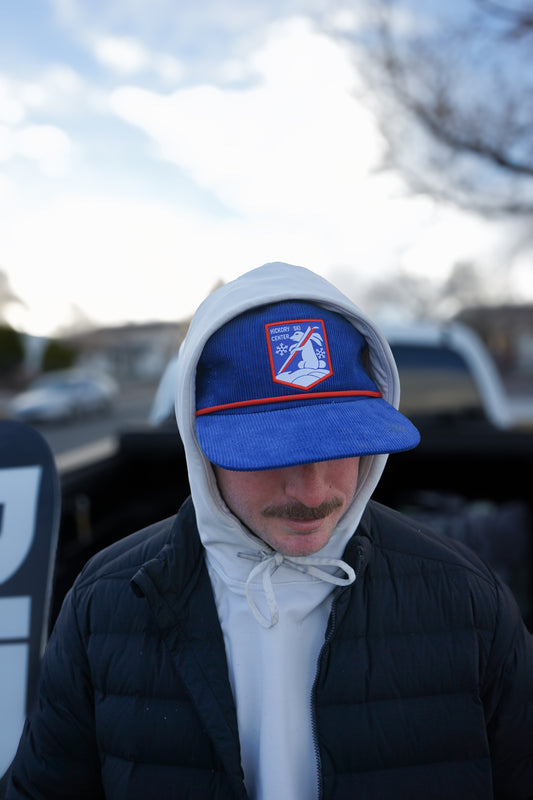The unavoidable images and industry of stock outdoor photography.
This article was originally published in the Here & There newsletter by Kyle Frost. Here & There is now Mountain Gazette's weekly Thursday newsletter.
You’ve probably seen them. Maybe on social media, a website background, or the header of a very generic outdoors article. The one of a woman hiking in the yellow backpack. That orange VW camper driving through Arches National Park. A woman on a ridge line in Hawaii at sunrise. An open map on a van dashboard.
Stock photography, for better or worse, is part of the content and media landscape. Although often maligned by some professional photographers, the rise of free services like Unsplash and Pexels have been a boon for cash-strapped writers, website managers, and marketing teams in need of “good enough” imagery.
Many moons ago, I added a few images to Unsplash; I rarely do anything with my photos and I was curious what would happen. They’ve since been viewed ~2.5 million times and downloaded over 10k times. They’ve been used on a bunch of Colorado-related blog posts, GlampingHub, TrailRunnerMag, and amusingly, Alaska Backcountry Guides is using a photo on their website that I took while skiing in Canada.

It’s an industry that's here to stay. There’s been a massive proliferation of demand for visual media and online publications focused on churning out content. This means that writers are often scrambling to find a generic header image to provide a bit of visual interest and a suitable share image for social media.

A few more photos you might recognize. Top/bottom left/right: Scott Goodwill, Julentto Photography, Casey Horner, Felix Rostig, Dino Reichmuth, Filip Zrnzević
The photographers behind the photos
I connected with a few of the photographers that took some of these recognizable photos to get a bit of the story behind the shot and their take on stock photography.

The aforementioned “girl with yellow backpack” (257k downloads) was shot by Holly Mandarich on the Blue Lake hiking trail in Crested Butte. For Mandarich, “Unsplash led to inquiries of all sorts, from people who were interested in licensing photography, to my very first $10,000 photoshoot”. However, she also acknowledges that (free) stock photography brings plenty of negatives, saying “it's harder to get $500 from a client that's already used your work for free.”

This photo taken by Kalen Emsley on the backside of the Haiku Stairs in Hawaii (162k downloads) was shot as part of a shoot for Tentree. Says Emsley, “it’s been enough to pay for all my camera gear and a number of trips so I’d say it’s 100% worth it. It’s also kind of cool walking into airports and major retailers and being surprised when you see your photo up on a wall!”

This shot by Simon Berger with 1.2 MILLION downloads is a ridge line in Austria near Brunnkogel in the region of Salzkammergut. A well-known company wanted to use it as a wallpaper for one of their products – Berger turned them down because they wanted exclusive rights and he wanted the picture to remain available for free. Berger says, “The more it gets used the happier I am. I think that is the intention of my images. This picture grew up and went into the wild world to find its uses in the world. It is now disconnected from me and has to find its own meaning through others.”
A changing industry
The industry is rapidly changing; many stock photography platforms are already embracing AI generated imagery. Maybe this means we won't see the exact same images quite as much, but these changes also bring complications around attribution (what content was the model trained on?), the future of these services, and the photography industry in general.
There are many complicated issues related to the image and textual content used and created by AI platforms. The justification used by most major platforms is that training data (the datasets of scraped images, videos, and text content that LLMs "learn" from), constitutes "fair use". David Gervais, a professor at Vanderbilt Law School, told The Verge (https://shorturl.at/opHPS), "It is much more likely than not that training systems on copyrighted data will be covered by fair use. But the same cannot necessarily be said for generating content. In other words: you can train an AI model using other people’s data, but what you do with that model might be infringing." On that note, the New York Times is suing OpenAI for "generating" nearly verbatim stories from NYT journalists that are distinctly behind a paywall.
For what it's worth, some stock platforms are at least trying to include creatives. Getty Images is offering a “commercially safe” generative AI. Shutterstock has an AI image generator that was built using DALL-E and trained on a licensable dataset. ”[Shutterstock] contributors will receive a share of the entire contract value paid by customers licensing datasets. The share individual contributors receive will be proportionate to the volume of their content and metadata that is included in the purchased datasets.” On the other hand, Perplexity recently shared that it is paying Reddit $60M a year for access to their dataset for training data. And OpenAI just announced Sora, their AI text-to-video engine. It’s…wildly impressive. Is it perfect? No. But this is as bad as it’s ever going to be.

What's next?
Free stock sites like Unsplash and new, AI-generated content will continue to have a significant effect on the use of freelance and on-staff creatives. When business models are based on churning out as much content as possible in order to drive ad impressions and affiliate clicks, companies are always searching for ways to increase efficiency and minimize costs – even at the cost of quality, community, and reader support.
Many of these developments feel more like an inevitability than a possibility. But, there are plenty of things AI can’t do – like sharing impactful writing and in-depth reporting paired with carefully crafted visual narratives. And maybe the best we can do is continue to support publications that appreciate and celebrate the work that creatives do (and compensate them fairly).
"Mountain Gazette will never use AI-generated content in the magazine. We believe in the promise of AI to revolutionize health care, financial systems, and more, but we don’t believe a computer can *feel* what a hangover truly is like after a wild night in a remote backcountry hut or what the light powder snow turns were like the previous morning that initiated the aprés party."





